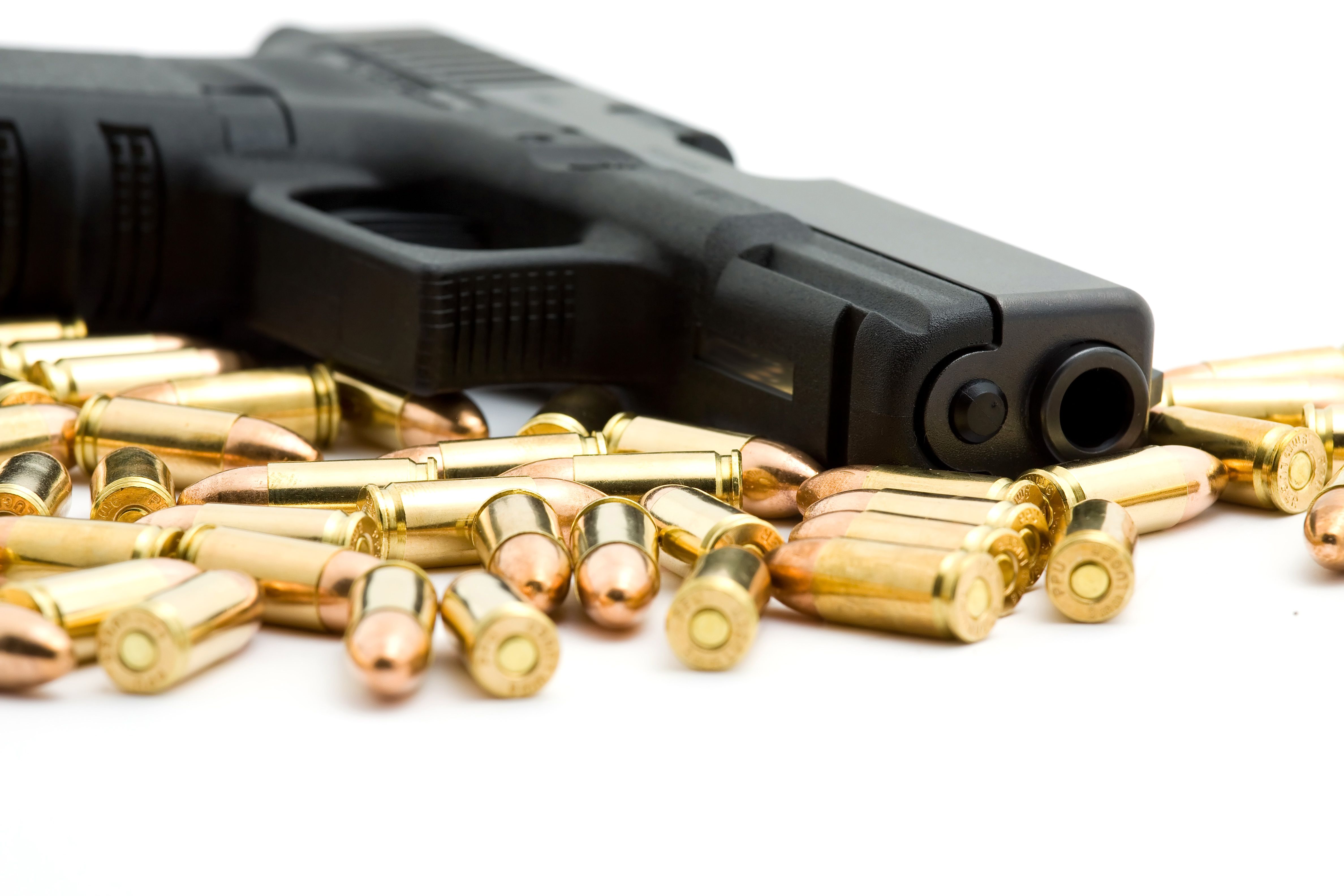Rising firearm suicide risk among women highlights gaps in prevention
A new study reveals a surge in firearm suicides among women, many with no prior mental health history.
Rising firearm suicide risk among women highlights gaps in prevention | Image Credit: © dinostock - © dinostock - stock.adobe.com.

Prevention strategies aimed toward women at an increased risk of firearm suicide are minimal, according to a recent study by the Ohio State University College of Public Health.1
The data indicated no recorded history of mental or physical health problems in nearly 4 in 10 women dying because of firearm suicide. This is accompanied by a nearly 50% increase in US firearm suicide mortalities, with the rate of women being new gun owners surging from between 10% and 20% to approximately 50% in 2020.1
Shifting trends
“Traditionally, firearm suicide deaths have been highest among white men, including veterans, and that’s what most research and most interventions have focused on,” said Laura Prater, PhD, MPH, MHA, lead author and assistant professor at Ohio State University. “Now that we’re starting to see gun ownership and firearm suicide increase among women, it’s important to understand contributing factors.”1
The study was conducted to identify female individuals who may benefit from health care system interventions related to firearm suicides.2 Data about firearm suicides between January 2014 and December 2018 were obtained from the National Violent Death Reporting System (NVDRS) Restricted Access Database.
Risk variables and mental health conditions
Death certificates, coroner and medical examiner reports, and law enforcement reports were included in the NVDRS database, with abstract and coded variables available. These variables were chosen as risk factors for suicide that influenced physical and mental health diagnoses, treatment seeking, and suicidal behaviors.2
Relevant diagnoses included depression, anxiety, schizophrenia, bipolar disorder, alcohol use disorder, substance use disorder, posttraumatic stress disorder, suicidal thoughts, stated suicidal intent, suicide attempt, acute or chronic pain, and physical health problems.2
Mental health conditions were coded based on the fifth edition of the Diagnostic and Statistical Manual of Mental Disorders, while alcohol and substance use disorders were coded when observed in investigation reports. Next-of-kin reports or suicide notes were used to code suicidal thoughts, intent, and behaviors.2
Demographics and group classification
Demographic characteristics and other circumstantial variables were also reported. These included race and ethnicity, education, age, financial problems, and intimate partner problems.2
Between 2014 and 2018, 8318 female firearm suicide deaths were recorded in the NVDRS. These individuals were aged a mean of 47.2 years, and 5.2% were Black, 3.6% Hispanic, and 90.6% White. Of these women, 4816 were included in the final analysis.2
Participants were grouped into 4 categories: class 1 with substance use or alcohol disorder, class 2 with prior depression and suicidal thoughts, class 3 with pain or physical health problem, and class 4 with high odds of all variables. These groups included 26.4%, 47.5%, 21.9%, and 4.2% of participants, respectively.2
Group comparisons
Class 1 was more likely to include unmarried women vs classes 2, 3, and 4, with rates of 68.3%, 60.4%, 50.8%, and 48.5%, respectively. Intimate partner problem rates were also increased in this group, at 39.7%, 31.8%, 11.6%, and 33.5%, respectively. Finally, recent dispute rates were 35.6%, 20.3%, 8.8%, and 23%, respectively.2
In comparison, the prevalence of Black women was highest in group 2 at 5.3%. Class 3 had an older average population at 59.4 years, vs 41.9 in class 1, 45.2 in class 2, and 49.8 in class 4. Financial problems were more common in class 4, with a rate of 16% vs 9.1%, 8.2%, and 7.6% for classes 1, 2, and 3, respectively.2
Job problems were also more prevalent in class 4, with rates of 11.5%, 9.1%, 8.2%, and 4.5%, respectively. Receiving mental health services before death was reported in 50.7% of class 2 and 33.5% of class 3. Overall, this indicated that limited health data are available among female individuals with firearm suicide mortality.2
“With firearms in at least one-third of American homes, widespread efforts to educate Americans about gun safety and to prevent deaths by firearm suicide are needed,” said Prater.1
References
- Study highlights gaps in firearm suicide prevention among women. Ohio State University. April 18, 2025. Accessed April 22, 2025. https://www.eurekalert.org/news-releases/1081021.
- Prater LC, Noghrehchi P, Duan N, et al. Mental and physical health-related risk factors among females who died by firearm suicide. JAMA Netw Open. 2025;8(4):e255941. doi:10.1001/jamanetworkopen.2025.5941
